The Sacred Odyssey of Hajj: Experiences from the Pilgrim's Narrative
The Hajj, one of the five pillars of Islam, is a sacred pilgrimage to Mecca that every able-bodied Muslim is obligated to undertake at least once in their lifetime. Beyond its religious significance, Hajj represents a profound spiritual journey—uniting millions of Muslims from diverse backgrounds in a shared act of devotion, sacrifice, and reflection. Through personal accounts found in books and firsthand narratives, this essay explores the transformative experiences of pilgrims, their reflections on key rituals, and the enduring lessons they carry forward, supported by direct quotes and vivid descriptions from their stories.
Hajj is a multifaceted journey that begins with preparation and intention (niyyah). Kristiane Backer, in her memoir From MTV to Mecca: How Islam Inspired My Life, describes the prerequisites for embarking on Hajj:
“God was inviting me to go on Hajj, but before that I needed to settle my debts. Muslims may only embark on their pilgrimage if they are debt-free or at least have made an arrangement for repayment.”
This underscores the pilgrimage’s demand for both spiritual and practical readiness, setting the stage for a journey that tests physical endurance while deepening personal faith.
Upon arriving in Mecca, pilgrims enter a state of iḥrām—a sacred condition marked by specific garments and solemn intention. Dilshad D. Ali, reflecting on her 2013 Ḥajj experience in her Beliefnet article, captures the overwhelming emotion of this moment:
“I can’t believe it was five years ago that I visited Mecca and the surrounding lands in Saudi Arabia and performed the rites of the Hajj pilgrimage. It was my first time performing the Hajj, and all my preparation and anticipation still had not primed me for what was, literally, the most wondrous experience of my life.”
Ali’s words highlight the transformative power of Hajj—a journey that leaves pilgrims “irrevocably changed” while still confronting their human imperfections. This tension between spiritual transcendence and inner struggle is a recurring theme in many pilgrim narratives.
One of the earliest and most spiritually stirring rites is the Ṭawāf, the circumambulation of the Kaʿbah seven times. Rendy Syahdan Praditya, a graphic designer whose experience is featured in The Review of Religions, recalls his first encounter with the Kaʿbah:
“From there, I visited the Kaaba for the first time and performed Tawaf seven times, because this is known as Allah’s (SWT) house and the Qibla location of prayer for all Muslims around the world.”
Reciting “Labbayk Allāhumma Labbayk” as they circle the sacred House, pilgrims experience an intense sense of spiritual unity with the global Muslim ummah. For Rendy, this moment marked a personal surrender to divine will, leaving him feeling “more tranquil and fully surrendered to God.”
The Day of ʿArafah, the pinnacle of Hajj, is among the most defining and spiritually moving experiences for a pilgrim. On the ninth day of Dhul-Ḥijjah, millions gather on the vast Plain of ʿArafah to spend the day in prayer, supplication, and reflection. Kristiane Backer eloquently captures its significance:
“The essence of the Hajj is Arafat. On the ninth day of the Hajj month all pilgrims gather on the great Plain of Arafat to offer their deepest heartfelt prayers. It’s a reminder of Resurrection, when everyone will stand ‘naked’ before God on Judgement Day and nothing counts but our actions and their effects upon our soul.”
This moment of intense introspection and spiritual vulnerability compels pilgrims to confront their mortality and earnestly seek forgiveness. A ḥadīth of the Prophet Muhammad ﷺ further emphasises this sacred occasion:
“The Day of ʿArafah is the day the pilgrim expiates his sins, and Allah boasts of the pilgrims to the angels.”
It is a culmination of humility and devotion, marking a transformative point in the pilgrim’s journey.
Malcolm X’s account in The Autobiography of Malcolm X powerfully illustrates the unifying force of Hajj. His 1964 pilgrimage to Mecca dismantled his former perceptions of race and identity:
“During the past eleven days here in the Muslim world, I have eaten from the same plate, drunk from the same glass, and slept on the same rug—while praying to the same God—with fellow Muslims, whose eyes were the bluest of blue, whose hair was the blondest of blond, and whose skin was the whitest of white.”
This striking realisation of equality across colour and culture reshaped his understanding of humanity, highlighting Hajj’s enduring role in cultivating brotherhood, compassion, and social harmony.
Spending the night in Muzdalifah, under the open sky, is a humbling experience that strips away worldly comforts and distractions. An anonymous pilgrim, writing in The Review of Religions, captures the essence of this moment:
“Muzdalifah comes from the form ‘izdalafah’, meaning ‘to come close’. It’s a back to basics experience, where lying on dust and rocks under an open sky under shining stars, one feels close to the nature that God has created.”
In the stillness of the night, surrounded by the elements, pilgrims experience a deep sense of connection—both to the natural world and to the Creator—reminding them of the simplicity, humility, and gratitude that faith calls for.
The Eid al-Aḍḥā sacrifice, marking the culmination of Hajj, commemorates Prophet Ibrāhīm’s (ʿalayhi al-salām) readiness to sacrifice his son in obedience to Allah. Dilshad D. Ali reflects on its broader spiritual message:
“Hajj begins and ends with an emphasis on sacrifice. The pilgrimage recalls the story of the Prophet Ibrahim (Abraham), who was called to sacrifice his son Ishaq (Isaac) to show his obedience to God.”
This ultimate test of faith embodies the central theme of Hajj—complete submission to the will of Allah. It is a lesson of devotion and surrender that pilgrims carry with them long after their journey ends, into the rhythms and decisions of their everyday lives.
The book “Hajj” by Harvard University Press, with contributions from scholars like Muhammad Abdel Haleem and Ziauddin Sardar, emphasizes the pilgrimage’s historical and cultural depth. It notes,
“The Hajj, one of the five pillars of Islam, is the largest pilgrimage in the world today and a sacred duty for all Muslims.”
The authors highlight how pilgrims’ experiences, documented in manuscripts and photographs, reveal Hajj’s enduring significance, from the hazardous journeys of the past to the modern pilgrimage industry with souvenirs like “Congratulations on your Hajj!” T-shirts.
For many, Hajj is a journey of self-discovery and spiritual renewal. Rendy reflects, “I grew more religious and wanted to learn more about religion, specifically Islam and its holy book, the Holy Qur’an, while also pushing my Muslim brothers and sisters to do the same.” This sentiment echoes across accounts, as pilgrims return with a renewed commitment to faith and community.
Hajj’s challenges—physical exhaustion, crowded conditions, and logistical hurdles—also shape its impact.
Ali notes, “I returned home irrevocably changed, yet at times frustratingly still the same person I had always been.” This paradox highlights the ongoing struggle to live up to the pilgrimage’s lessons. Similarly, a pilgrim in *The Review of Religions* recounts the kindness of locals in Mecca: “It was as if the local people took it as a duty and blessing to help us Hajjis.” Such acts of hospitality reinforce the sense of global Muslim solidarity.
In conclusion, the Hajj is a transformative odyssey that blends ritual, reflection, and community. Through the words of pilgrims like Backer, Ali, Malcolm X, and Rendy, we see its power to purify the soul, foster unity, and inspire lifelong devotion. As Backer writes, “Among the lessons I learned on Hajj was that I needed to be mindful and keep the inner connection with God at all times and that self-improvement is definitely a never-ending struggle.” These accounts, drawn from their books and writings, illuminate Hajj’s profound impact, making it a journey that resonates far beyond the sacred precincts of Mecca.
About author
Aadi Muhammed, An anthropology student at Indira Gandhi National Open University, is passionate about academics and exploring human cultures.
References:
- Backer, Kristiane. From MTV to Mecca: How Islam Inspired My Life. London: Arcadia Books, 2012.
- Malcolm X and Alex Haley. The Autobiography of Malcolm X. New York: Ballantine Books, 1965.
- Abdel Haleem, Muhammad, and Ziauddin Sardar (Eds.). Hajj: Journey to the Heart of Islam. London: British Museum Press, 2012.
- Ali, Dilshad D. “My Hajj: A Personal Journey.” Beliefnet, 2013.
https://www.beliefnet.com/faiths/islam/2013/08/my-hajj-a-personal-journey.aspx
More Related Articles
Hajj of Heart and Heart of Hajj
The Reward for an Accepted Hajj is Paradise
Talbiyah: The Soulful Proclamation of Tawhid in Hajj
Disclaimer
The views expressed in this article are the author’s own and do not necessarily mirror Islamonweb’s editorial stance.

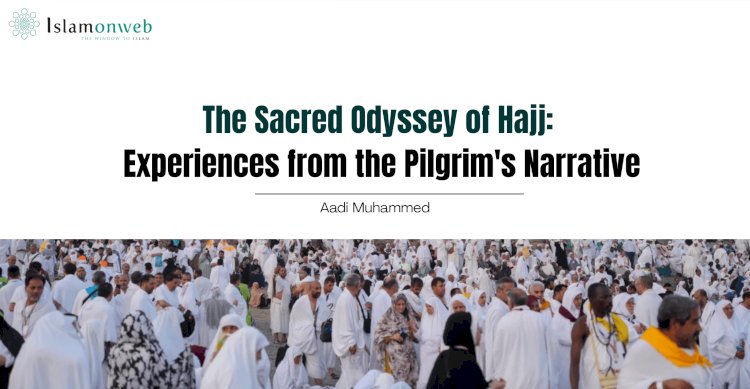



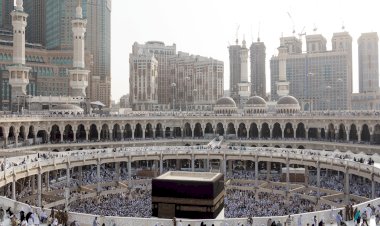

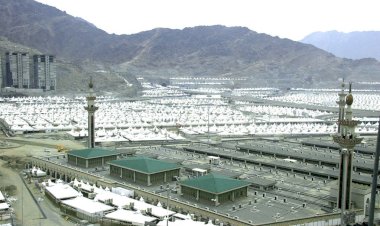
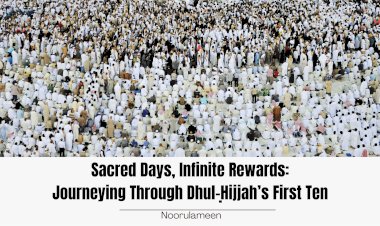
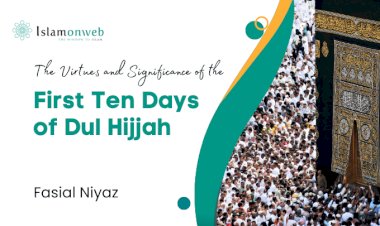












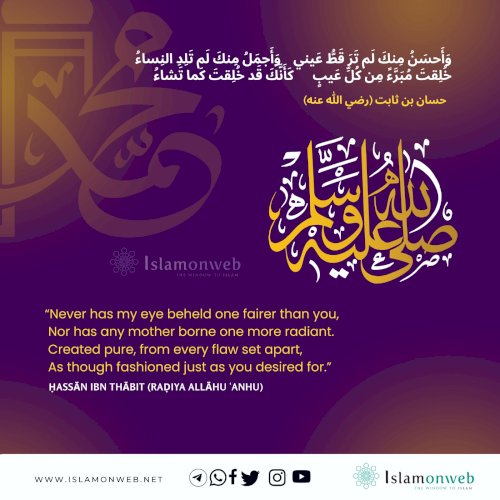

Leave A Comment